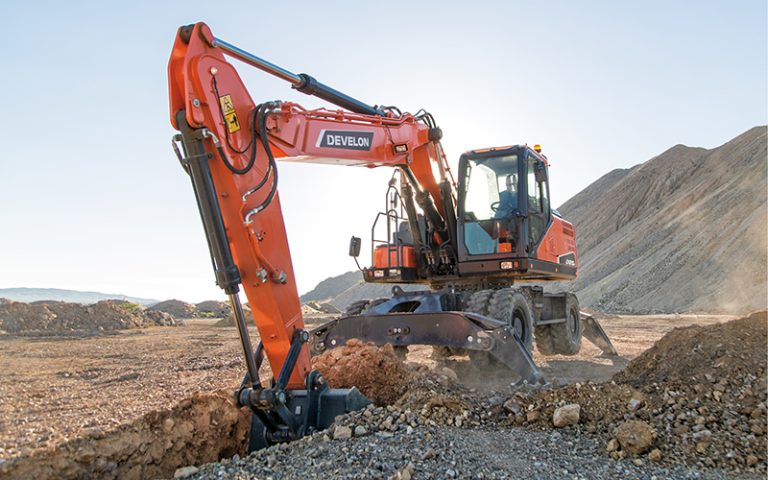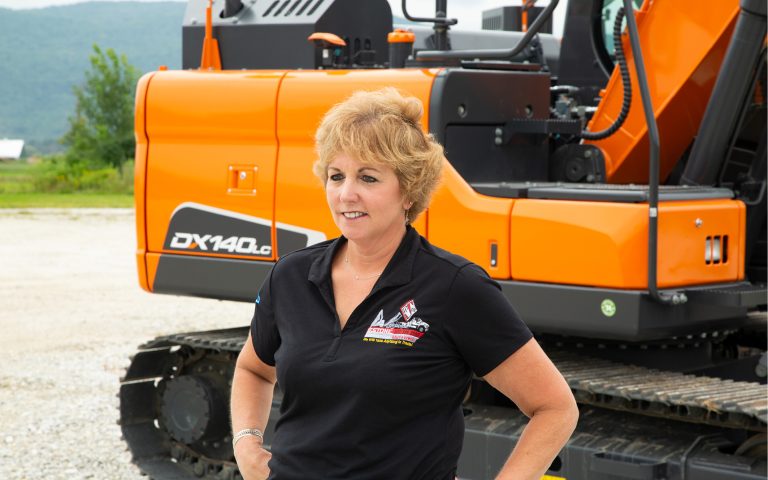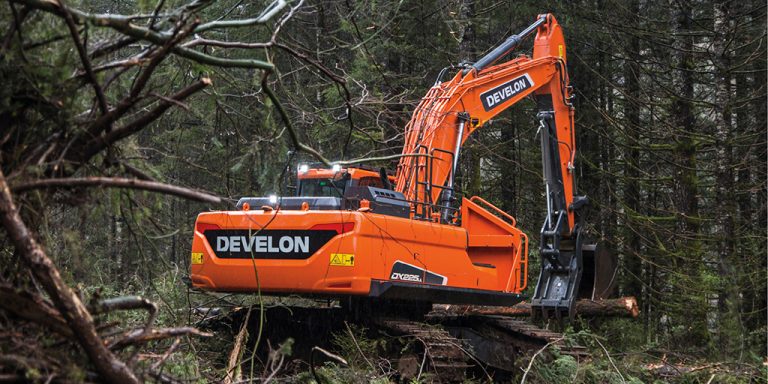Machine Stable specializes in complete excavators, loaders and their attachments.

Wheel Loader Muffler Guide: Reduce Noise and Boost Equipment Life
Practical Guide to Wheel Loader Mufflers

Introduction
On construction sites, mines, or large storage yards, wheel loaders are the go-to machines. Especially the ones with grapples (wheel loader with grapple). Everyone notices bucket size and engine power, but the muffler often gets overlooked. Don’t underestimate it—a damaged or poorly installed muffler can make noise unbearable, cause heavy vibration, and even shorten the machine’s life.
At a mining site in Australia, the team had just acquired a wheel horse loader for sale. The loader ran fine, but the muffler wasn’t properly installed, causing noise and vibration. After reinstalling the muffler, adding proper support, and some heat protection, the machine ran much smoother. Noise dropped, operation became easier, and productivity increased by around 15%. This shows how important a muffler is for all wheel loader equipment, including wheel loader attachments and wheel loader buckets.
Installation Tips: Field Experience
Direction Matters
Check the airflow arrow on the muffler. Install it backward, and noise and vibration spike. In hot or temperature-controlled environments, I usually add heat insulation to keep performance consistent. This tip applies to all loaders, whether it’s a standard model, a mini articulated wheel loader, or a compact articulating wheel loader.
Supports Must Be Independent
Mufflers and elbows are heavy. Never let the duct bear their weight. I often use vibration pads to stabilize the mount—less shake, smoother bucket operation. This is especially important for heavy-duty wheel loader attachments.
Check Flanges and Bolts
Make sure the connection between duct and muffler is tight, and bolts are fully secured. Even top wheel loader manufacturers design supports differently, so double-check before operation. A loose flange can instantly increase noise.
Calibrate After Installation
Use a plumb line or laser to check vertical and horizontal alignment. A few millimeters off, and vibration becomes noticeable. Proper calibration benefits all types of loaders, from a standard wheel loader with grapple to compact articulated models.
Correct Size and Model
Using a mismatched muffler increases fuel consumption and accelerates wear on wheel loader attachments and wheel loader buckets. Always confirm the model before installation.
Pro tip: Apply anti-rust lubricant on bolts. Vibration drops, noise drops, and operation feels smoother.
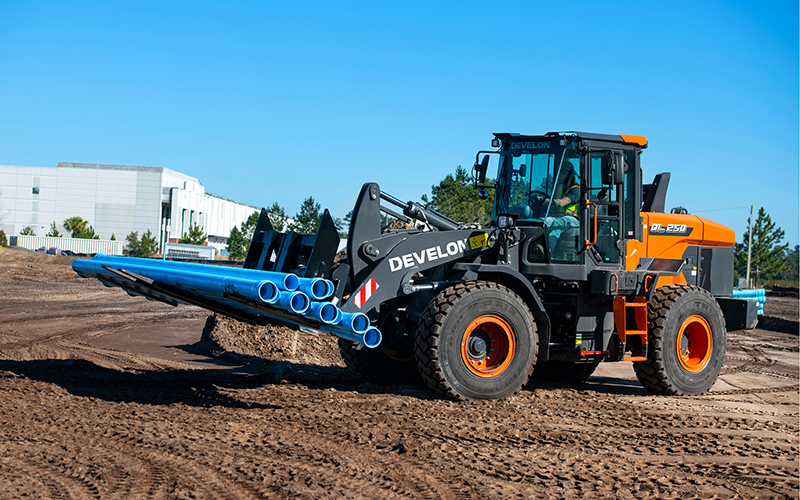
Daily Maintenance Insights
- Inspect supports and flange bolts weekly. Any cracks, rust, or looseness should be addressed immediately.
- Dust-heavy environments, like mines, cause buildup inside the muffler. Clean with compressed air or a soft brush.
- Pay attention to unusual sounds or vibration during operation; inspect the muffler and supports first.
- Hot or humid conditions? Use heat-resistant, corrosion-proof mufflers and add insulation or waterproofing.
- Keep maintenance records. Each cleaning or tightening session should be noted for tracking and future rentals, considering wheel loader rental rates.
Field note: Sometimes a single loose bolt or tiny debris causes the muffler to rattle all day. Observing and fixing these small details makes a huge difference.
Customer Case
Queensland, Australia Mining Site
Initially, wheel loaders had loud noise and strong vibration. After adjustments:
- Confirmed muffler airflow direction
- Added independent supports with vibration pads
- Applied anti-rust lubricant on bolts
- Cleared internal buildup regularly
Result: Noise dropped about 40%, bucket operation became more precise, night shifts were smoother, and overall efficiency rose by 15%. These improvements benefited all kinds of equipment—from mini articulated wheel loaders navigating narrow passages to full-size loaders equipped with multiple wheel loader attachments.
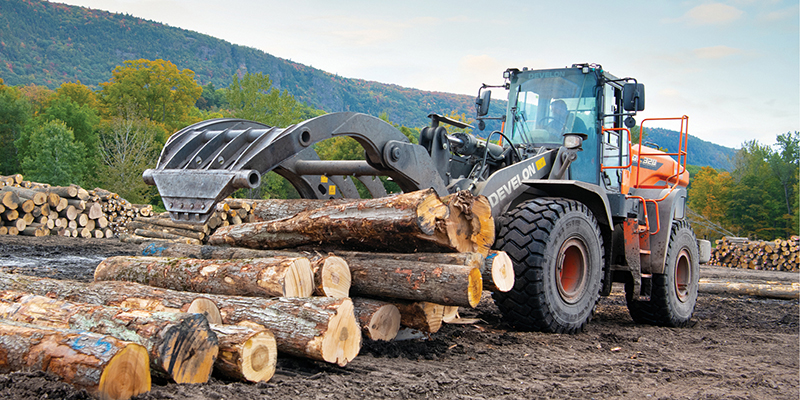
FAQ
Q1: How often should mufflers be checked?
Weekly at minimum. More often in dusty or hot environments.
Q2: Why should supports be independent?
Independent mounts prevent duct weight from stressing the muffler, reducing vibration and structural damage.
Q3: What happens if the muffler is damaged?
Noise spikes, vibration worsens, operator fatigue increases, and the lifespan of wheel loader buckets and wheel loader attachments decreases.
Q4: Should rented machines have their mufflers inspected?
Absolutely. Even short-term rentals or used equipment should be checked. Any cracks or blockage must be addressed immediately. Checking is especially important if you’re renting, considering wheel loader rental rates.
Q5: How to protect mufflers in extreme conditions?
Choose heat-resistant, corrosion-proof materials, add insulation or waterproofing, and increase inspection frequency.

